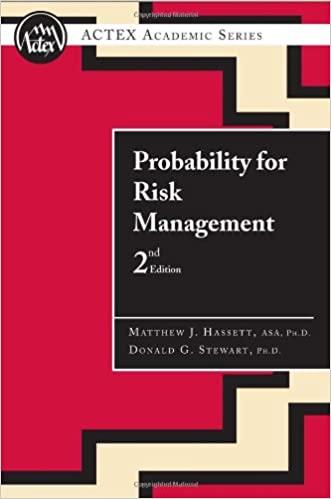Answered step by step
Verified Expert Solution
Question
1 Approved Answer
Nanisa recently graduated from public renowned university in Malaysia majoring in accounting. Last month, she was appointed as a junior accountant at Silver Village Bhd
Nanisa recently graduated from public renowned university in Malaysia majoring in accounting. Last month, she was appointed as a junior accountant at Silver Village Bhd (SVB) a well-established company listed on Bursa Malaysia since 2000. Her task is to help Ms Naila in reviewing the company financial statements ended 31 October 2020 which is expected to be published in January 2021. SVB profit before tax in 2020 and 2019 were reported as RM450 million and RM395 million, respectively. The beginning balance of retained earnings in 2019 and 2020 were RM250 million and RM550.2 million, respectively. The company tax rate is 24% and there is no change in company tax rate since 2018.
During the final check on the financial statement Nanisa discovered the following items:
1. SVB owned several assets classified as property, plant and equipment. In November 2017, SVB bought an equipment for RM2.5 million with the expected useful life of 10 years without residual value. On 31 July 2020, based on valuation by the asset valuer, the equipment is expected to generate income for another 12 years without residual value. Depreciation for 2020 is charged based on new depreciation rate. SVB adopt partial year depreciation method to account for its depreciation.
2. In December 2018, SVB ventured in plantation industry and owned 100 acres of land cultivated with palm tree. The cost of its biological asset at the acquisition date was determined at RM100 million and the depreciation rate was 15% per annum. SVB applied cost method to account for its biological asset since 2018 even though it has a reliable information regarding the fair value of its biological assets. The fair value of its biological assets were at RM110 million and RM150, respectively in 2019 and 2020.
3. On 1 November 2019, SVB decided to adopt average cost method for the inventory valuation. Since its inception year, SVB has been using the First In First Out (FIFO)method. SVB believed that the value of inventory in its Statement of Financial Position is more accurate by adopting the average cost method as compared to FIFO method. SVB decision has affected both of inventory value and cost of goods sold as listed below:
4. On 10 October 2020, SVB was summoned for a breach of contract for RM100,000. Based on the companys lawyer opinion, it is very likely that company will lose the case. The amount of loss has not been considered in the current year financial statements.
5. On 1 January 2021, SVB sold inventory to Suria Berhad for RM3,300,000 after less trade discount of RM200,000. The inventory has been recorded at the cost of RM3,500,000 at the end of financial year.
6. As an expansion of its business, SVB planned to acquire Blue Car Agency (BCA) a successful e-hailing company. The discussion regarding the acquisition of BCA was conducted in December 2020. If the takeover bid of BCA is successful, SVB needs to pay RM10 million for the transfer of ownership.
7. SVB is being sued by one of its employee beneficiary due to the death of their family member while at work due to land collision at the plantation site on 1 November 2020. The case will be pronounced in court in May 2021. The family sued SVB for RM500,000 due to the loss of their family member.
REQUIRED:
(a) Based on the above situation identify whether the items can be classified under MFRS 108 Accounting Policies, Changes in Accounting Estimates and Errors or MFRS 110 Events after the Reporting Periods. Justify your answer.
(7 Marks)
(b) Discuss the accounting treatments for the above situations in the financial statements. Provide journal entries where necessary.
In accordance with MFRS 108 Accounting Policies, Changes in Accounting Estimates and Errors and MFRS 110 Events after the Reporting Periods, prepare the comparative Statement of Profit or Loss and Other Comprehensive Income for the year ended 31 October 2020 to account for the effects of the above situations.
(d) Determine the ending balance of Retained Earnings for 2020 and 2019.
(4 Marks) (5 Marks)
(e) Calculate the ending balance of affected account in Statement of Financial Position as at 31 October 2020.

Step by Step Solution
There are 3 Steps involved in it
Step: 1

Get Instant Access to Expert-Tailored Solutions
See step-by-step solutions with expert insights and AI powered tools for academic success
Step: 2

Step: 3

Ace Your Homework with AI
Get the answers you need in no time with our AI-driven, step-by-step assistance
Get Started


